Moon Monday #207: A whole bunch of global mission updates and lunar developments
And three little things to share.
Welcome back to Moon Monday! 2024 was a happening year for global lunar exploration. We start this month with the impending launch of two Moon landers so 2025 seems thrilling already. Before diving into our weekly lunar fix, and there are many updates in this edition, I have three things to share with you all.
- Over the holidays, I’ve been wondering how to enhance the utility of my Moon Monday blog+newsletter for space communities worldwide. For the past four years, my goal with Moon Monday has been to bring you streamlined, curated, contextualized, and linked updates about the world’s march to Luna. With opinions suffixed as food for thought. As 2025 progresses, you’ll see me add more factual lunar resources, highlight more varied lunar efforts that don’t get much visibility, and separately surface more op-ed commentary—because a Moonbase alone doesn’t lead us into a better future. Just like my whole website, this added work will also be free to access with no ads, and remain community-funded so if you appreciate Moon Mondays, kindly support my work as an organization or individually. Have thoughts? Email me. 🌗
- I’m pleased to share that ISRO’s webpage on details and scientific context of the Chandrayaan 4 lunar sample return mission plus their Venus orbiter cites my blog as well as my work for The Planetary Society as references! 🚀
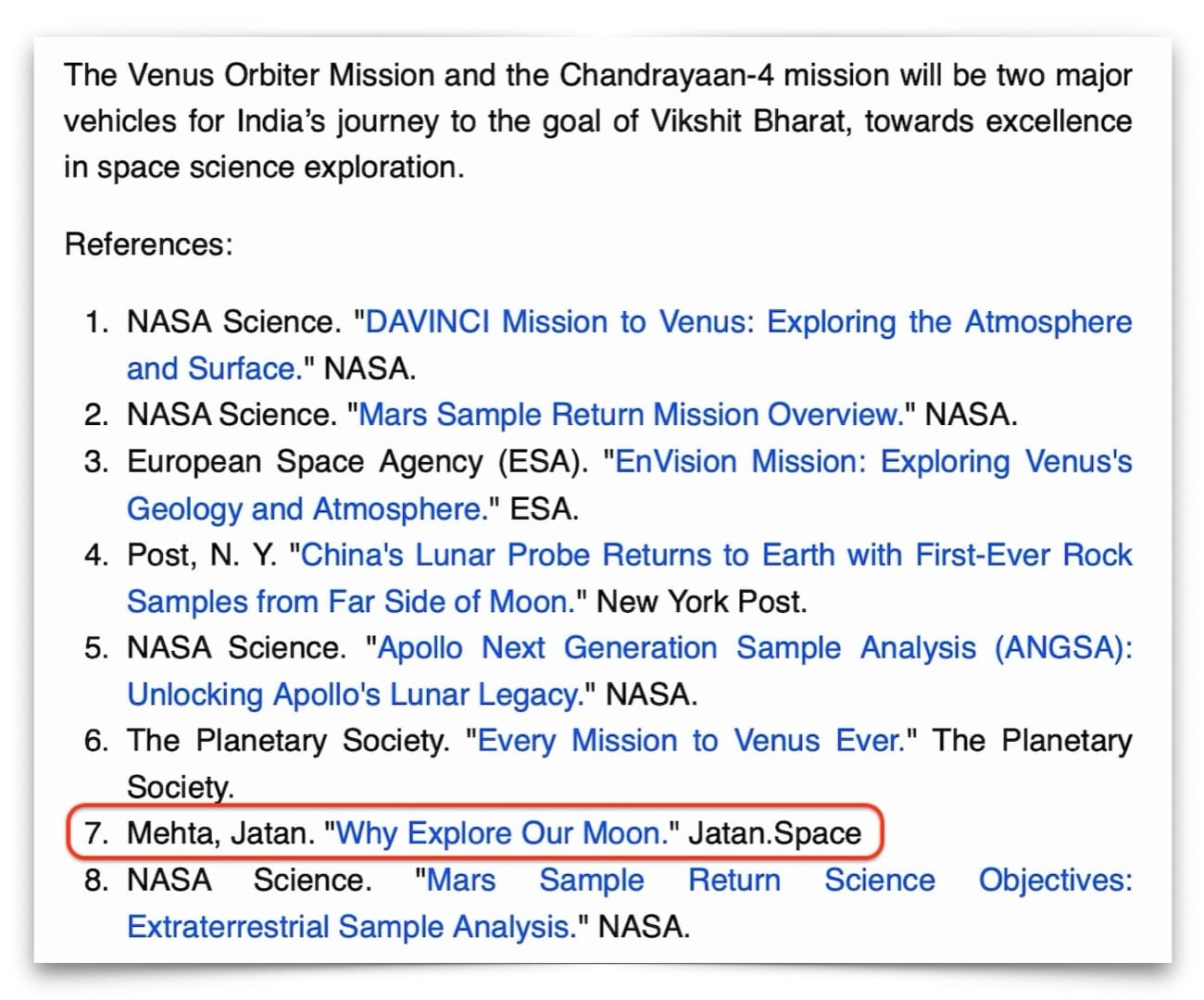
Cue more private Moon landers
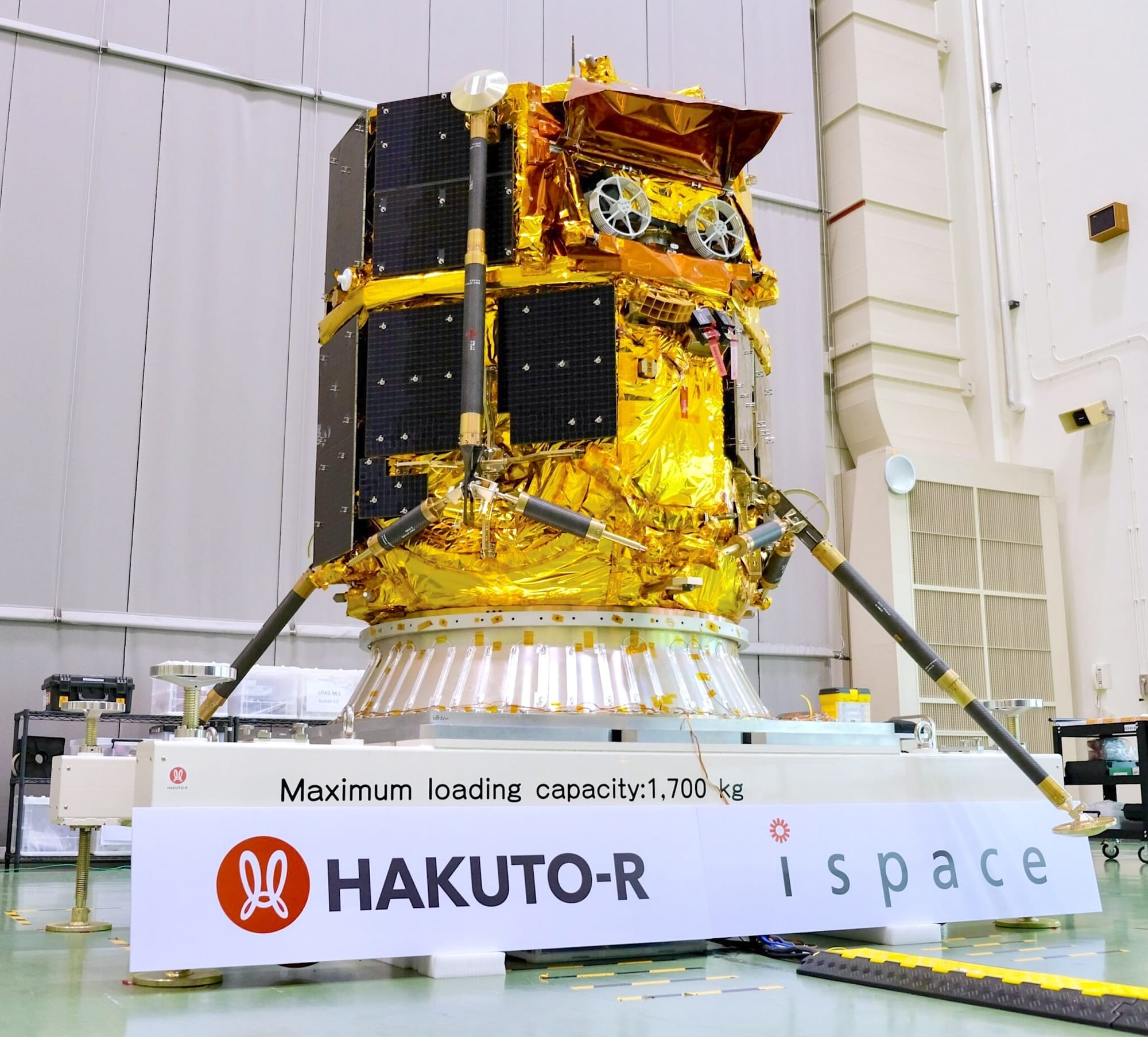
- Two Moon landers are nearly set to launch in mid-January sometime during a six-day window onboard a shared SpaceX Falcon 9 rocket. There’s ispace Japan’s Hakuto-R lander, carrying multiple commercial payloads and following up on its first failed landing attempt, and Firefly’s Blue Ghost lander, flying NASA payloads under the agency’s CLPS program in a company-first. Last month, ispace received a license from the Japanese government to collect lunar soil and transfer its ownership to NASA—without bringing the samples to Earth—as part of the latter’s move to set precedence for future resource use under the US-led Artemis Accords. ispace’s target landing site lies in the lava plains of Mare Frigoris at 60.5° N, 4.6° W whereas Blue Ghost aims to descend in the lava plains of Mare Crisium at 18.56°N, 61.81°E.
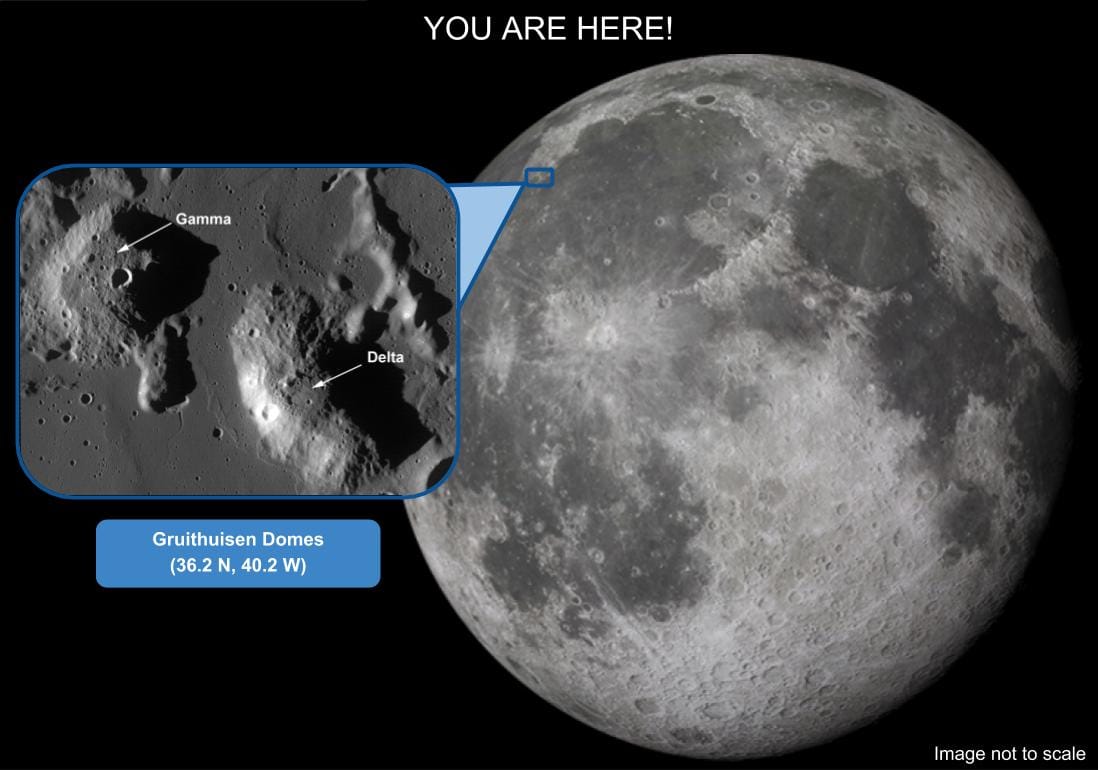
- NASA has selected Firefly for a third CLPS Moon landing mission with a contract value of $179 million. The lander will carry six agency-funded scientific and technological payload suites to one of the two Gruithuisen Domes on the Moon’s nearside. Chiefly, a payload suite will measure the composition of the formerly volcanic dome and its thick, silica-rich lava flows, letting scientists compare them to the much more common thin basaltic flows on our Moon. This will greatly enhance our understanding of the Moon’s volcanic past. On Earth, such formations need significant water content and plate tectonics to form but with the Moon lacking both, lunar scientists have been wondering how these features formed and evolved. As an interesting aside, this latest CLPS award comes after NASA cancelled the VIPER rover mission, saying how it’s been affecting future CLPS missions the agency wanted to fly to the Moon.
Related: How engineers test Moon landers on Earth
More mission updates
- At the Galaxy Forum in China last month, Andrei Sadovski from the Space Research Institute (IKI) of the Russian Academy of Sciences laid down the scientific instruments meant to fly on Roscosmos’ Luna 26 Moon orbiter. Likely launching in 2027, the primary goal of the polar reconnaissance orbiter is to map our Moon’s surface in multiple wavelengths at high resolutions from altitudes as low as 50 to 80 kilometers. This will particularly help scientists better grasp the distribution of water ice on the Moon’s poles, which is useful data for planning the China-led long-term ILRS Moonbase project of which Russia is a member of. Another major goal of Luna 26 is to measure and characterize the radiation and plasma environment around the Moon. The list of Luna 26’s instruments is given below from Sadovski’s slides.

- A group of institutions from Hong Kong have banded together to lead the development of a multi-purpose dextrous mobile robot to be onboard China’s upcoming Chang’e 8 Moon landing mission. The robot will demonstrate the ability to assemble basic structures on the Moon using local soil. It will also fetch rock and soil samples for the lander’s spectrometers to determine their chemical compositions. This will likely include water ice. The robot might tout wireless charging capabilities too. Targeting launch on a Long March 5 rocket in 2028, Chang’e 8 will explore the nature of local lunar polar resources and assess their utility to inform China’s strategies for when it begins sending humans starting end of decade.
Artemis Accords strikes a chord
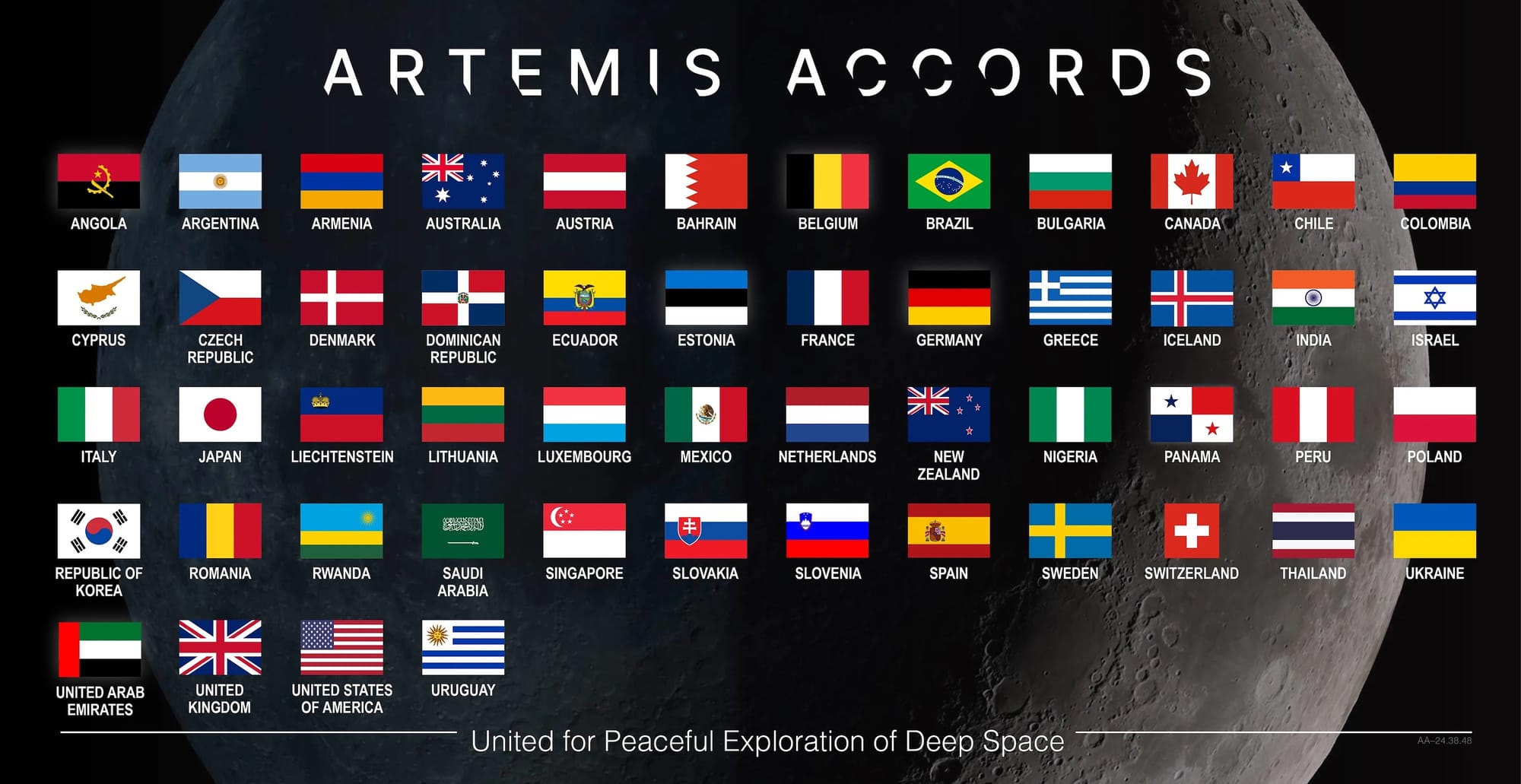
- The US-led Artemis Accords for cooperative lunar exploration gained 50 signatories last month with the joining of Panama and Austria. Panama is the ninth Latin American country to sign the Accords; with the others being Brazil, Colombia, Chile, Mexico, Argentina, Uruguay, Ecuador, and Peru. Of these, four countries along with Panama are members of the recently formed Latin American and Caribbean Space Agency (ALCE). Inspired in part by ESA’s model, ALCE aims to pool resources of Latin American nations to enhance their space activities and its impact. Panama’s near-equatorial location along with the ability to transport large, sensitive hardware through its canal could be an interesting leverage point for orbital launches. Notably, Brazil has abstained from the ALCE initiative.
- Thailand became the 51st country to sign the Accords. Notably, the nation is also party to the China-led long-term ILRS Moonbase project, and will fly instruments on China’s Chang’e 7 and 8 missions later this decade.
- Europe’s Liechtenstein signed the Accords on December 20, becoming the 52nd nation to do so. Marcia Smith reports that Mike Gold—who was instrumental in creating the Accords—considers this a significant number:
Achieving 52 signatories is a critical milestone since Artemis Accords signatories now represent a majority of the UN COPUOS. This transforms the values of the Accords into a true global consensus on vital issues such as interoperability, due regard, transparency and, in particular, space resources.
Many thanks to The Orbital Index and Arun Raghavan for sponsoring this week’s Moon Monday! If you too appreciate my efforts to publish this curated community resource for free, support my independent writing. 🌙
Lunar infrastructure developments
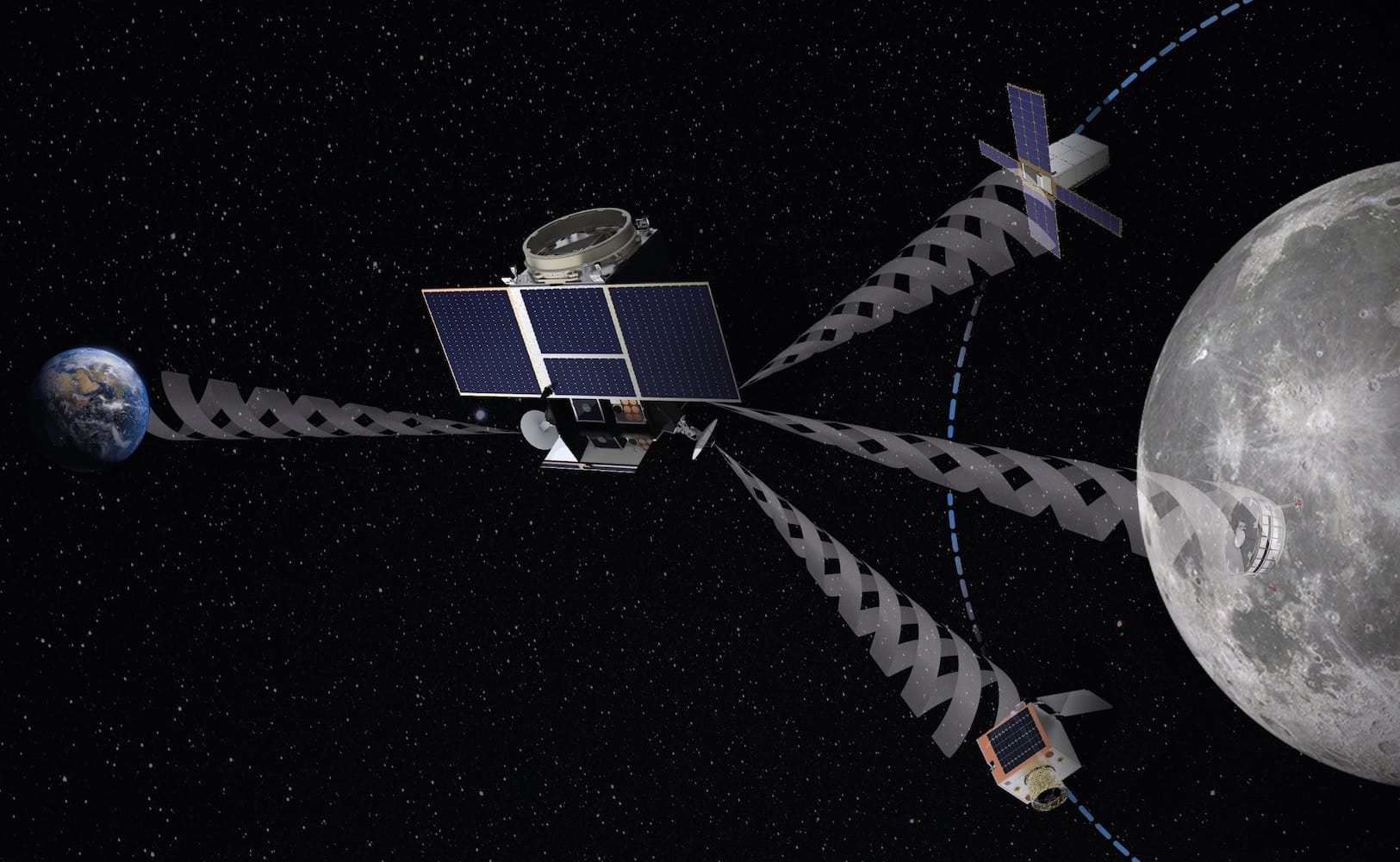
- NASA has awarded contracts to Intuitive Machines and KSAT for providing lunar communications as a service for at least 5 years in support of the agency’s Near Space Network. As Jeff Foust noted, NASA is not specifying the contract values. And so just like the agency’s plans to gain lunar navigation and communications (navcom) services, of which these latest contracts are an element of, and the case of transferring operations of two key NASA lunar imagers to Intuitive Machines, NASA continues to be opaque in communicating developments related to its lunar orbital infrastructure plans.
- After ESA began using its new, versatile LUNA analog facility late last year to plan future Moon missions, the agency is continuing with more tests, with the latest one evaluating the usefulness of autonomous robotic interactions in service of astronauts during excursions.
- The three competing teams NASA selected last year to mature their designs for a versatile Lunar Terrain Vehicle, to use across Artemis missions starting end of decade, recently tested static mockups of their rovers at NASA’s Johnson Space Center with lunar gravity offloading. These three competing teams are led by Astrolab (a Moon Monday sponsor), Intuitive Machines, and Lunar Outpost respectively.
Lunar outreach
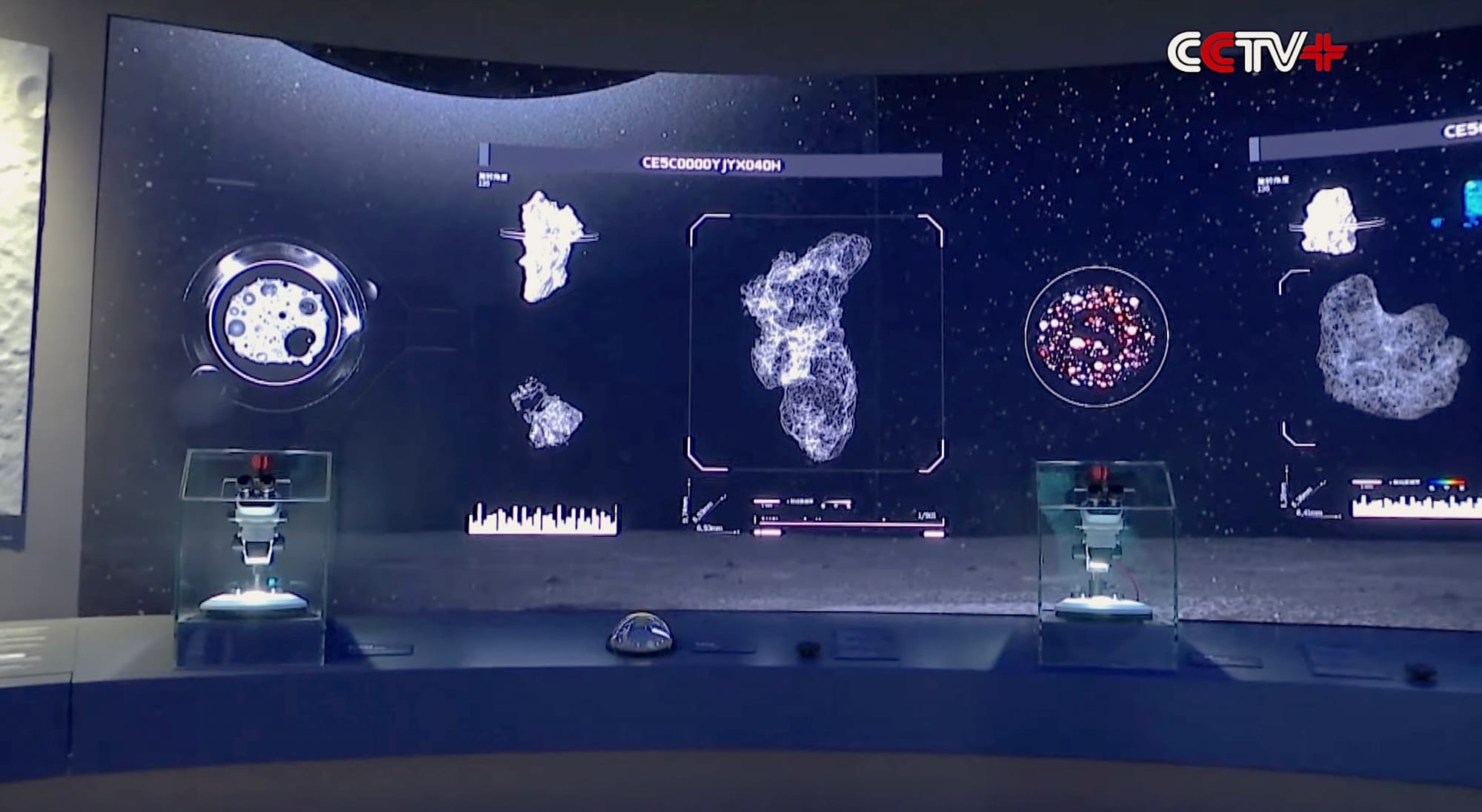
- China has a rather well done exhibition of Chang’e 5 lunar samples at the Beijing Planetarium to further the public’s interest in and understanding of lunar exploration. Among its many discoveries, Chang’e 5 samples have helped scientists determine truer ages of lunar features, refine the nature of impacts over the last two billion years in the inner Solar System, and shed light on young lunar volcanism—which opened up more enigmas.
- Speaking of lunar outreach, Bartosz Ciechanowski has created a wonderful interactive resource simply called “Moon” to visualize Luna’s positions in our skies and its path around our planet. 🌙
- For my readers, most of whom are already lunar enthusiasts (:D), I now have a dedicated page to track Japanese lunar developments. This adds to the existing resource pages for:
- China and Luna
- The US Artemis and CLPS programs
- and India’s Chandrayaan
- Which other countries or regions should I add that you’d like to track dedicatedly? Europe?
